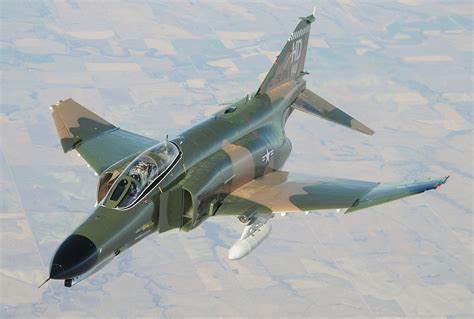
The Republic of Korea Air Force (RoKAF) witnessed the end of an era, as the venerable F-4 Phantom II fighter jets, which have guarded South Korea’s skies for over five decades, embarked on their last official mission.
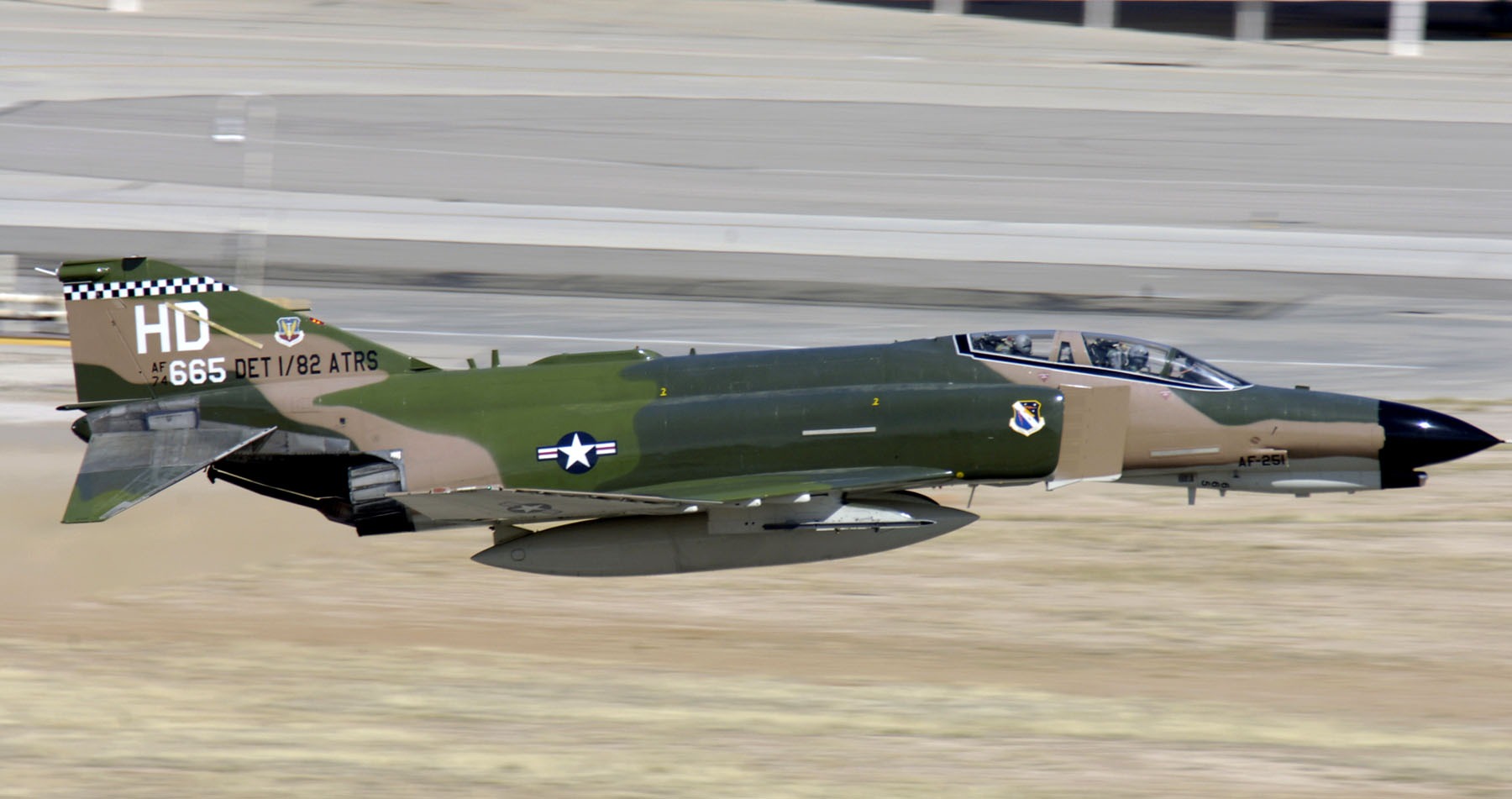
These Cold War-era aircraft, once the cornerstone of the nation’s air defenses, are set to be retired, marking a significant shift in South Korea’s military aviation landscape.

On May 12, the skies above South Korea were filled with the sound of history as four F-4 Phantoms, operational since 1969, took off from Suwon for a farewell flight.

This event not only symbolized a heartfelt adieu to the beloved jets but also retraced the strategic narrative of South Korea’s quest for aerial dominance.
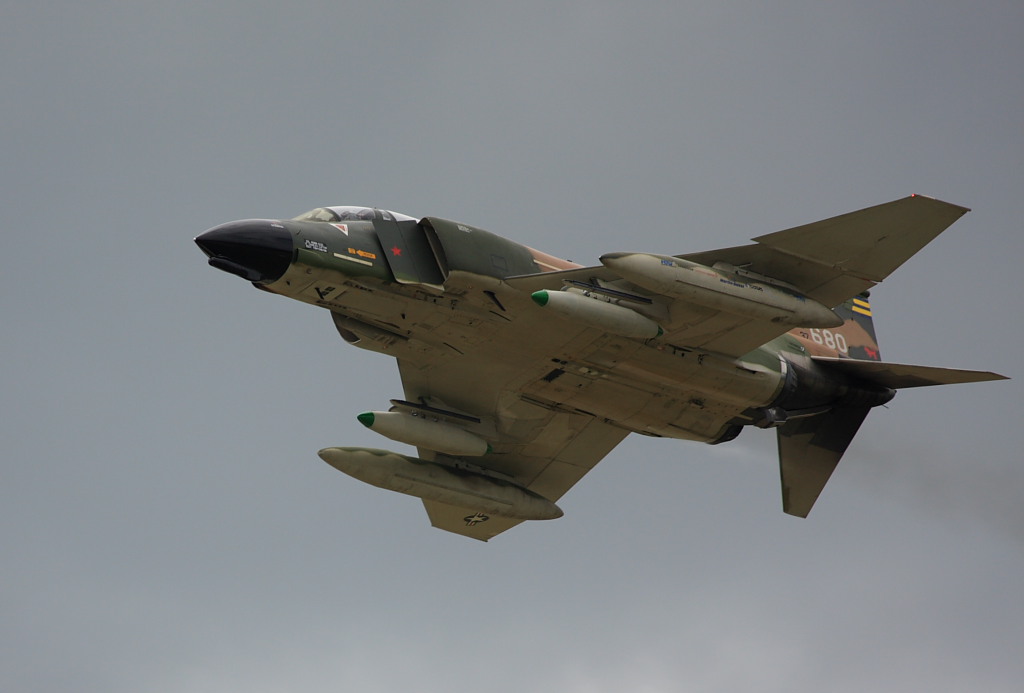
Introduced at a time when the threat from North Korean Soviet-made jets loomed large, the Phantoms played a pivotal role in tilting the balance of air power in favor of South Korea.
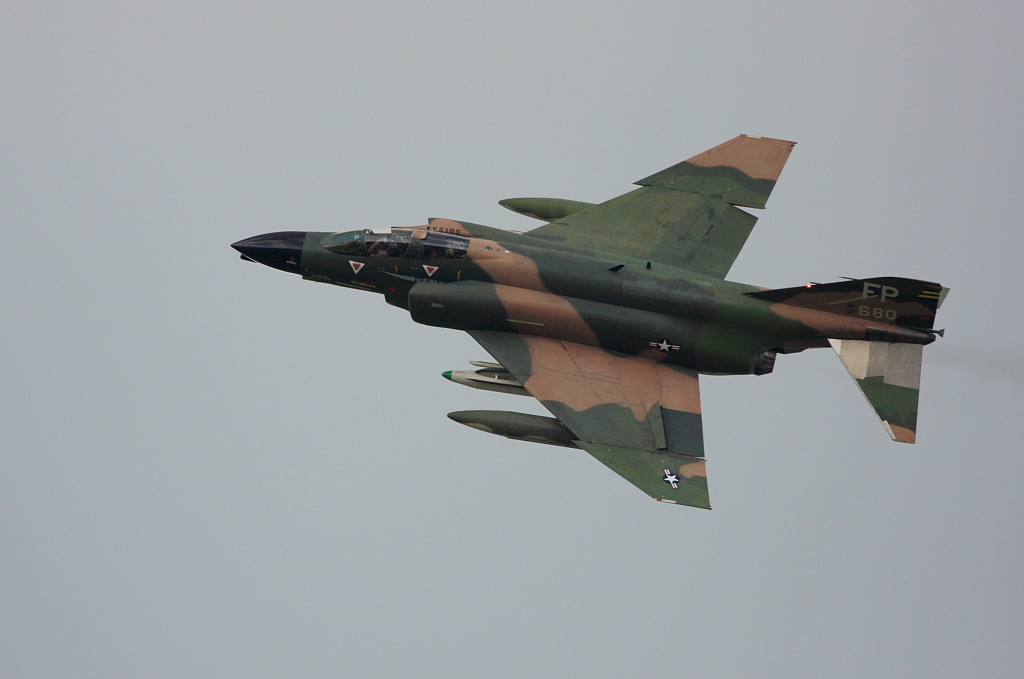
The jets’ arrival in 1969, a year after an assassination attempt on then-President Park Chung-hee, underscored the urgency to enhance military capabilities against North Korea’s provocations.
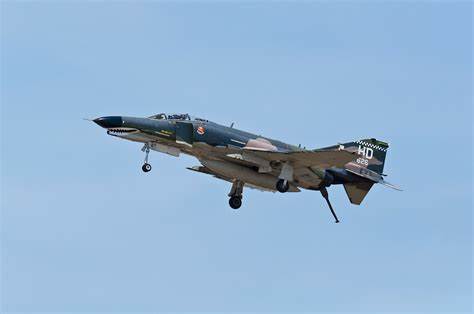
During their final flight, the Phantoms adorned in past and present liveries, soared above historical sites symbolic of their storied service, including areas where they had previously intercepted Soviet aircraft.
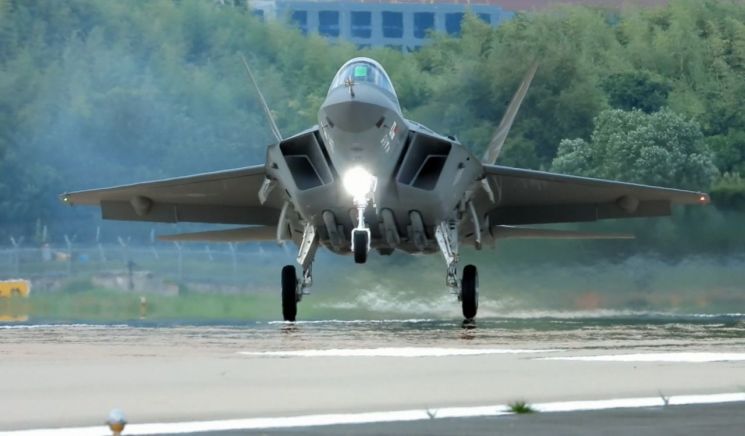
This farewell journey also included a salute to Korea Aerospace Industries, where the jets flew alongside KF-21 prototype jets—South Korea’s next-generation supersonic fighters intended to replace the F-4s by 2026.
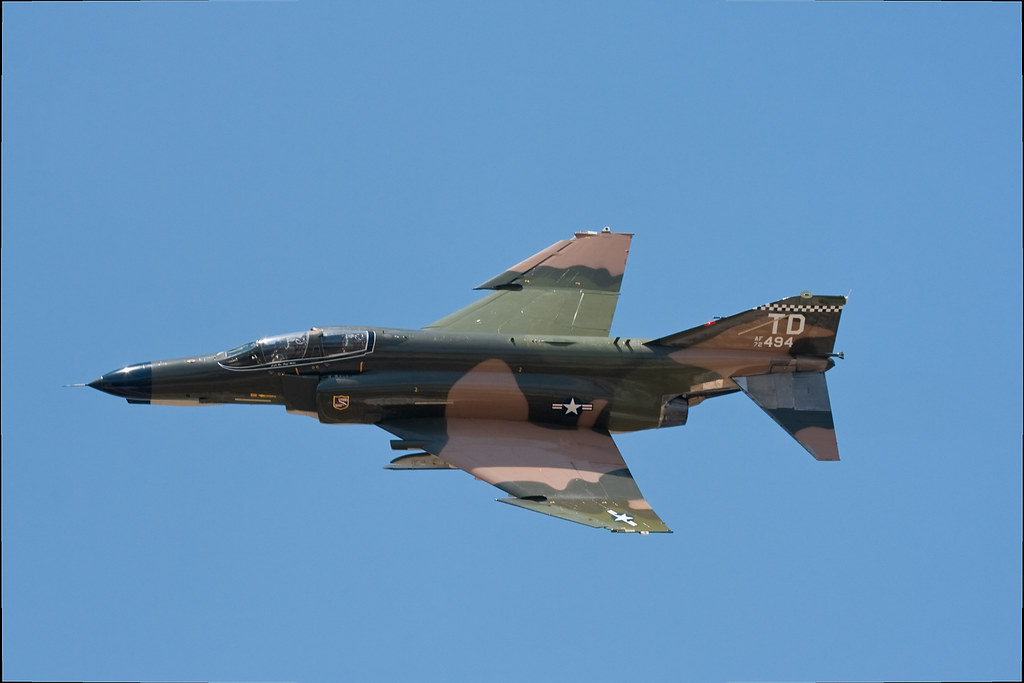
Chuck Watson, a curator for the Combat Air Museum, captured the sentimentality of the moment, noting, “It’s got a tremendous following of people,” a testament to the F-4’s unique design, which featured a dedicated backseat crew member for navigation and combat awareness.
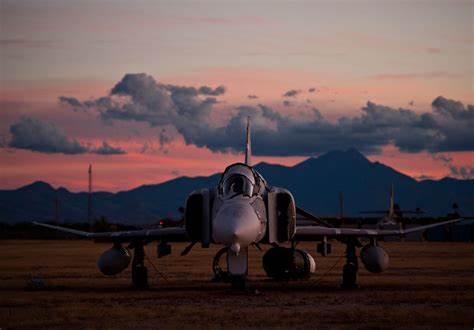
The last live-fire drills conducted by the F-4s were simultaneously a showcase of capability and a final curtain call. The aircraft performed alongside the AGM-142 Popeye air-to-surface missiles, set to be decommissioned concurrently with the Phantoms.
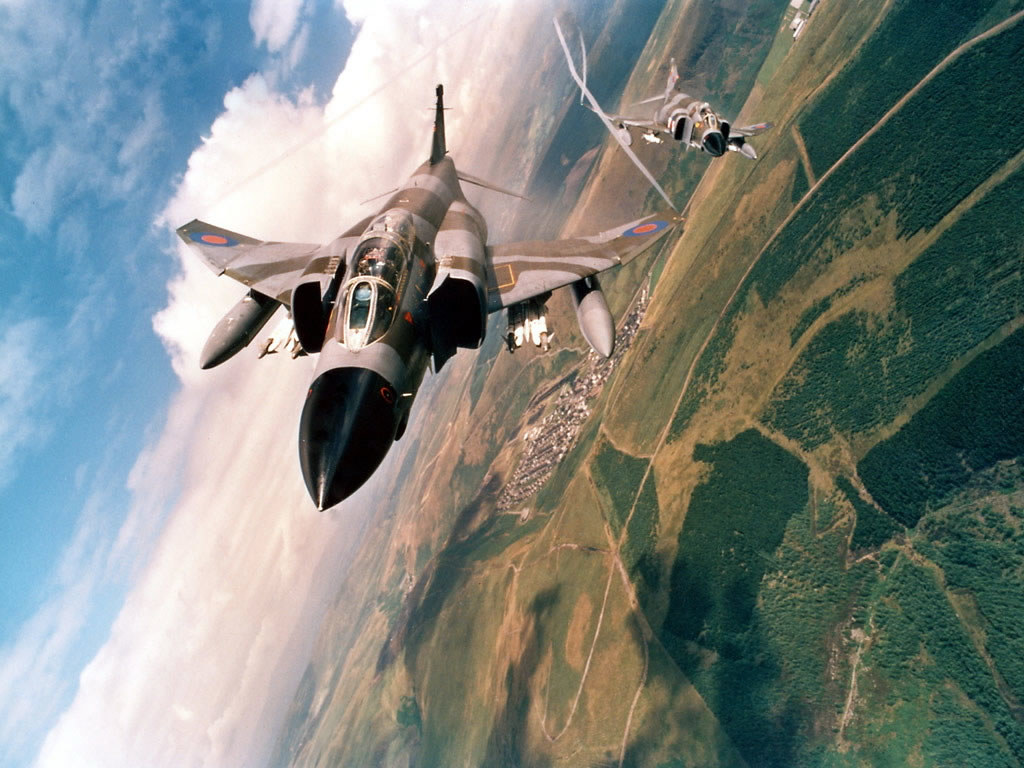
Major Kim Do-hyung, commander of the 153rd Fighter Squadron, expressed a poignant pride, “I feel a special emotion to be in charge of the final live firing of Popeye, which was once the most powerful strategic weapon.”
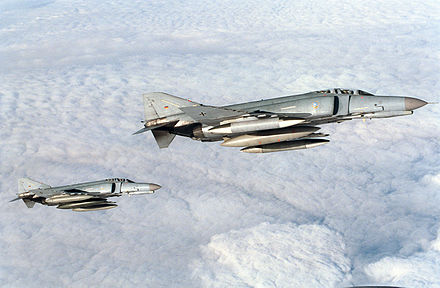
RoKAF has slowly been retiring its fleet of Phantoms, with the last ten aircraft expected to be formally decommissioned in a ceremony at Suwon Air Base on June 7. South Korea is among the few nations that continued to operate the F-4, long after the United States retired them in 1996.

Despite the Phantoms’ retirement, the commitment to maintain air superiority remains steadfast. South Korea is transitioning to modern aircraft like the F-35A and the indigenously produced FA-50 fighters.
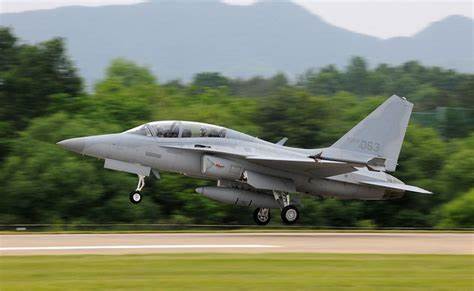
This shift signifies an embrace of advanced technology and reaffirms South Korea’s dedication to safeguarding its airspace.
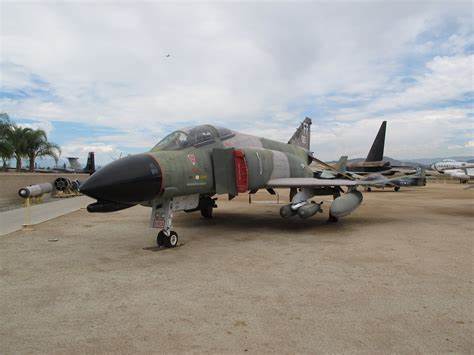
The final act for the F-4 Phantoms was staged against the backdrop of the largest US-ROK Combined Air Training exercise of the year, featuring a fleet that included modern warplanes from both countries, such as F-16s, F-35Bs, and F-15Ks.
